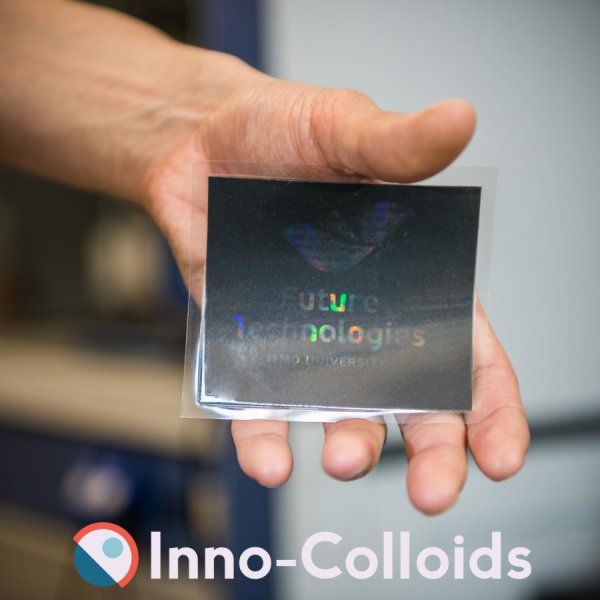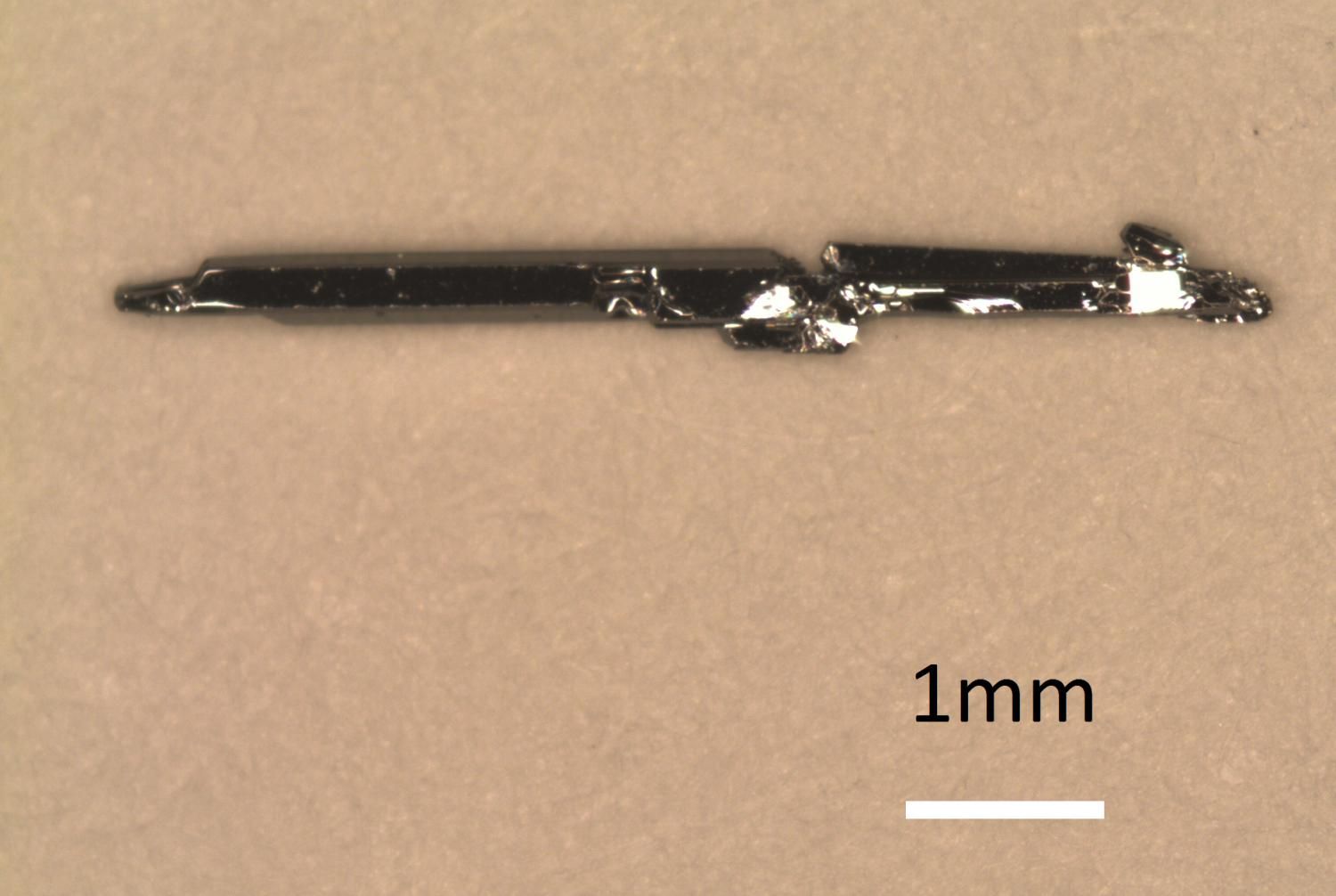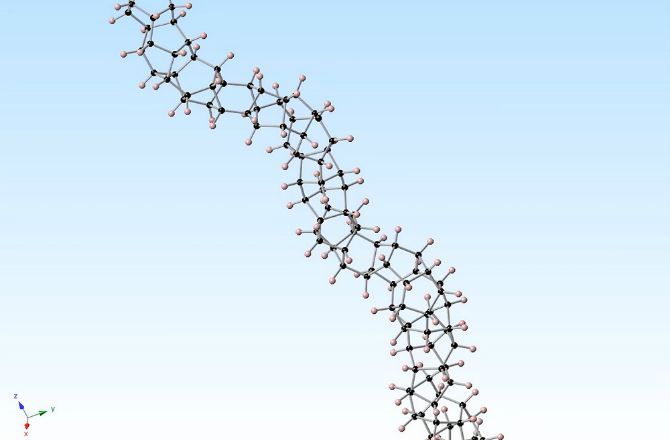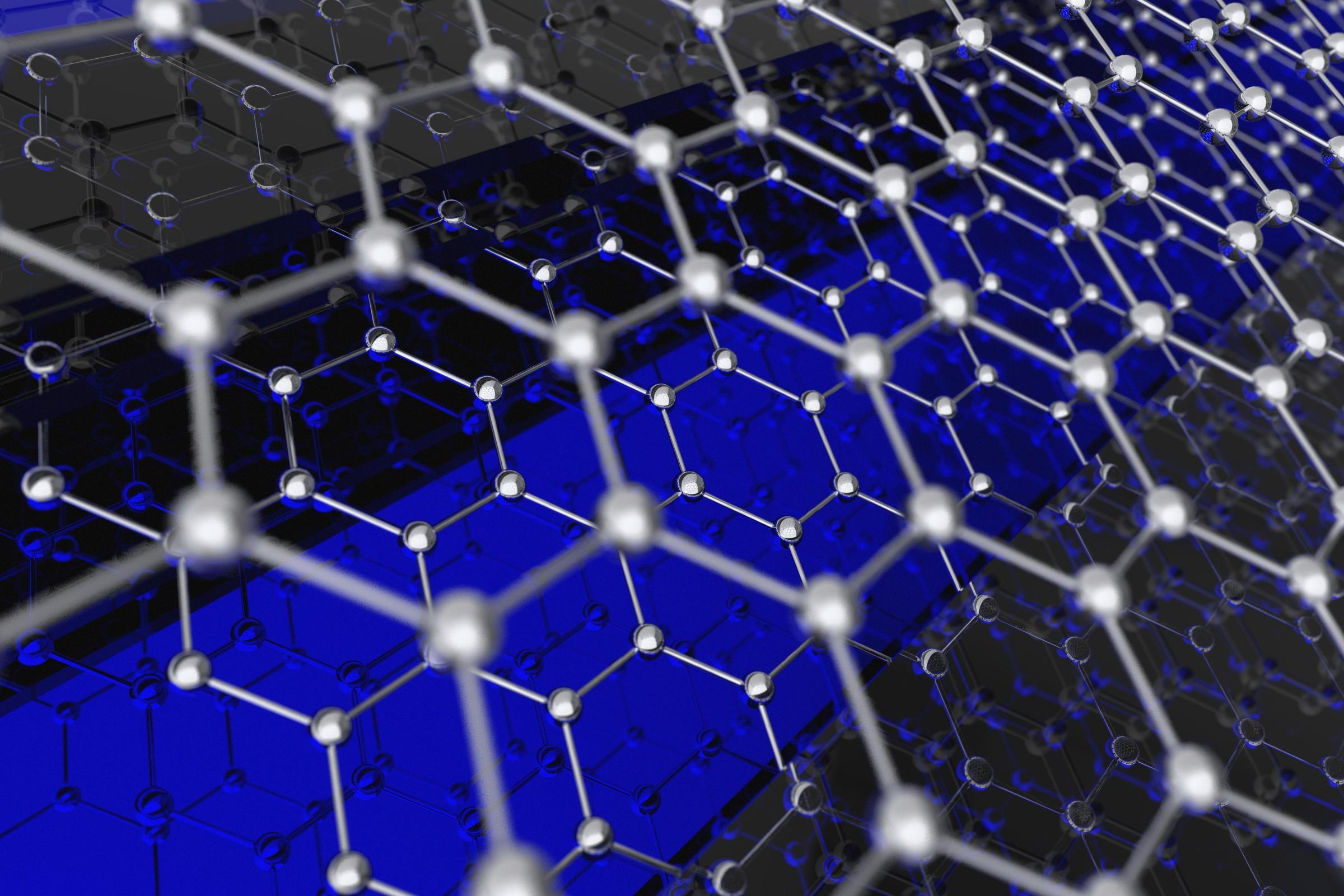Archive for the ‘materials’ category: Page 281
Nov 25, 2015
Mining the Solar System –Will it Spawn the Next Google?
Posted by Gerard Bain in categories: materials, space
Asteroids are primordial material left over from the formation of the Solar System. They are scattered throughout it: some pass close to the Sun, and others are found out beyond the orbit of Neptune. A vast majority have been collected by Jupiter’s gravity into a belt between it and Mars – an area known as the Main Belt. As it turns out, we have been discovering thousands of asteroids that do not belong to the Main Belt, but instead pass near Earth’s orbit – nearly 9,000 to date, with almost a thousand more are discovered every year.
Nov 25, 2015
Inkjet hologram printing now possible
Posted by Shailesh Prasad in categories: chemistry, materials, security
Vivid holographic images and text can now be produced by means of an ordinary inkjet printer. This new method, developed by a team of scientists from ITMO University in Saint Petersburg, is expected to significantly reduce the cost and time needed to create the so-called rainbow holograms, commonly used for security purposes — to protect valuable items, such as credit cards and paper currency, from piracy and falsification. The results of the study were published 17 November in the scientific journal Advanced Functional Materials.
The team, led by Alexander Vinogradov, senior research associate at the International Laboratory of Solution Chemistry of Advanced Materials and Technologies (SCAMT) in ITMO University, developed colorless ink made of nanocrystalline titania, which can be loaded into an inkjet printer and then deposited on special microembossed paper, resulting in unique patterned images. The ink makes it possible to print custom holographic images on transparent film in a matter of minutes, instead of days as with the use of conventional methods.
Rainbow holograms are widely used to fight against the forgery of credit cards, money, documents and certain manufactured products that call for a high level of protection. Even though the technology of obtaining holographic images was already developed in the 1960s, there still exist numerous technical difficulties that impede its further spread and integration into polygraphic industry.
Nov 25, 2015
‘Material universe’ yields surprising new particle
Posted by Andreas Matt in categories: computing, materials, particle physics, quantum physics
An international team of researchers has predicted the existence of a new type of particle called the type-II Weyl fermion in metallic materials. When subjected to a magnetic field, the materials containing the particle act as insulators for current applied in some directions and as conductors for current applied in other directions. This behavior suggests a range of potential applications, from low-energy devices to efficient transistors.
The researchers theorize that the particle exists in a material known as tungsten ditelluride (WTe2), which the researchers liken to a “material universe” because it contains several particles, some of which exist under normal conditions in our universe and others that may exist only in these specialized types of crystals. The research appeared in the journal Nature this week.
The new particle is a cousin of the Weyl fermion, one of the particles in standard quantum field theory. However, the type-II particle exhibits very different responses to electromagnetic fields, being a near perfect conductor in some directions of the field and an insulator in others.
Nov 23, 2015
Diamond Nanothreads Could Support Space Elevator
Posted by Klaus Baldauf in categories: materials, space
A string of benzene molecules that’s 20,000 times smaller than a strand of human hair is the strongest material ever made.
Nov 23, 2015
World’s first cyber-plants fuse electronics with roses
Posted by Shailesh Prasad in categories: electronics, materials
For the first time, scientists have created analogue and digital electronic circuits inside living plants, using the vascular system of living roses to build – or rather ‘grow’ – the central components of electronic circuits.
Researchers at Linköping University in Sweden merged numerous electrical components inside the roses, including wires, digital logic, and even display-based elements, thanks to a special polymer that’s capable of acting like a wire while still transporting organic material such as water and nutrients through the rose’s stem.
By successfully incorporating electronics into the living systems of plants, it’s hoped we’ll be able to find out much more about the chemical processes and pathways that make them function – and we could even learn to control and manipulate them.
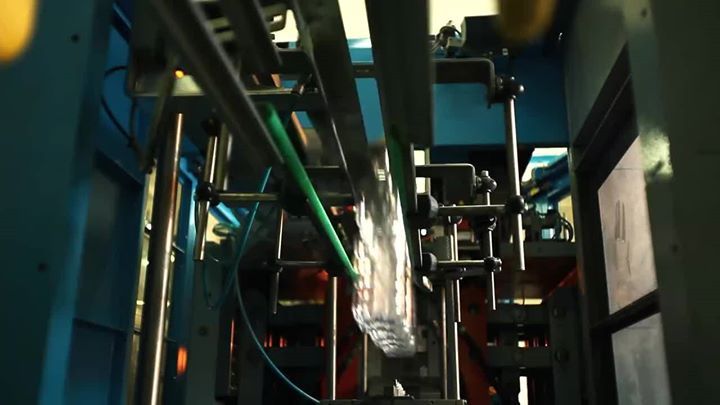
This plastic is made from thin air — and taking on a $373 billion dollar-a-year industry: http://cnnmon.ie/1I2paBM
Nov 19, 2015
Breakthrough! Glasgow scientists discover a cheap way to produce the wonder material graphene
Posted by Julius Garcia in categories: biotech/medical, cyborgs, materials, mobile phones
It has been hailed as a wonder material set to revolutionise everyday life, but graphene has always been considered too expensive for mass production – until now.
Scientists at Glasgow University have made a breakthrough discovery, allowing graphene to be produced one hundred times more cheaply than before, opening it up to an array of new applications.
First isolated in 2004, the miracle material can be used in almost anything from bendable mobile phone screens to prosthetic skin able to provide sensation.
Nov 18, 2015
Smallest-possible Diamonds Form Ultra-thin Nanothread
Posted by Shailesh Prasad in categories: materials, space

A team has, for the first time, discovered how to produce ultra-thin “diamond nanothreads” that promise extraordinary properties, including strength and stiffness greater than that of today’s strongest nanotubes and polymer fibers. Such exceedingly strong, stiff, and light materials have an array of potential applications, everything from more-fuel efficient vehicles or even the science fictional-sounding proposal for a “space elevator.”
Nov 16, 2015
Graphene Could Give Us Sleek Night Vision Sensors
Posted by Shailesh Prasad in categories: computing, electronics, materials, mobile phones
Because of its unique chemical and physical properties, graphene has helped scientists design new gadgets from tiny computer chips to salt water filters. Now a team of researchers from MIT has found a new use for the 2D wonder material: in infrared sensors that could replace bulky night-vision goggles, or even add night vision capabilities to high-tech windshields or smartphone cameras. The study was published last week in Nano Letters.
Night vision technology picks up on infrared wavelengths, energy usually emitted in the form of heat that humans can’t see with the naked eye. Researchers have known for years that because of how it conducts electricity, graphene is an excellent infrared detector, and they wanted to see if they could create something less bulky than current night-vision goggles. These goggles rely on cryogenic cooling to reduce the amount of excess heat that might muddle the image. To create the sensor, the researchers integrated graphene with tiny silicon-based devices called MEMS. Then, they suspended this chip over an air pocket so that it picks up on incoming heat and eliminates the need for the cooling mechanisms found in other infrared-sensing devices. That signal is then transmitted to another part of the device that creates a visible image. When the researchers tested their sensor, they found that it clearly and successfully picked up the image of a human hand.



